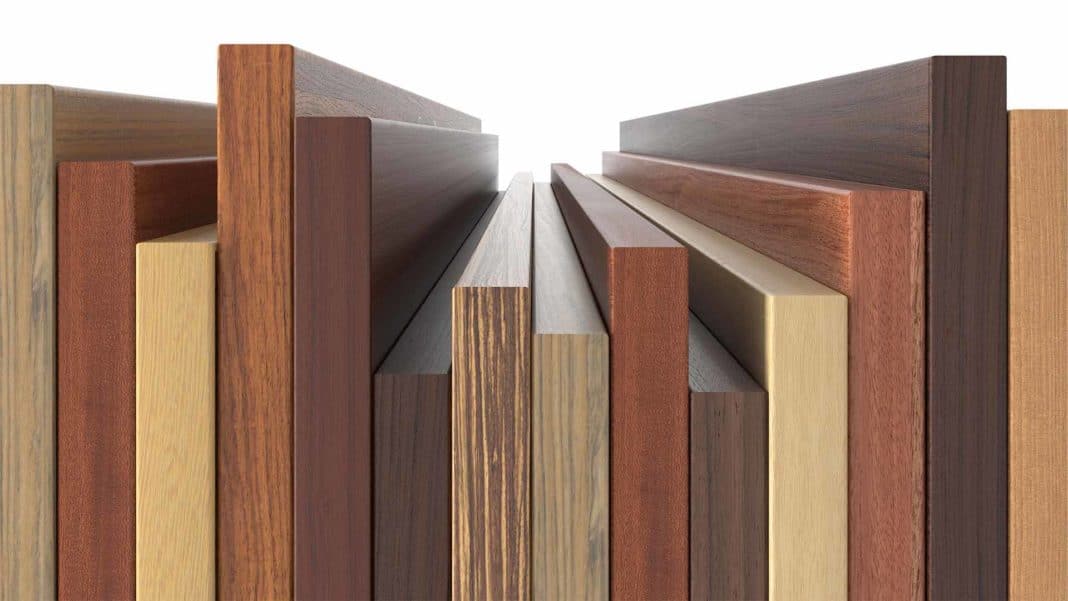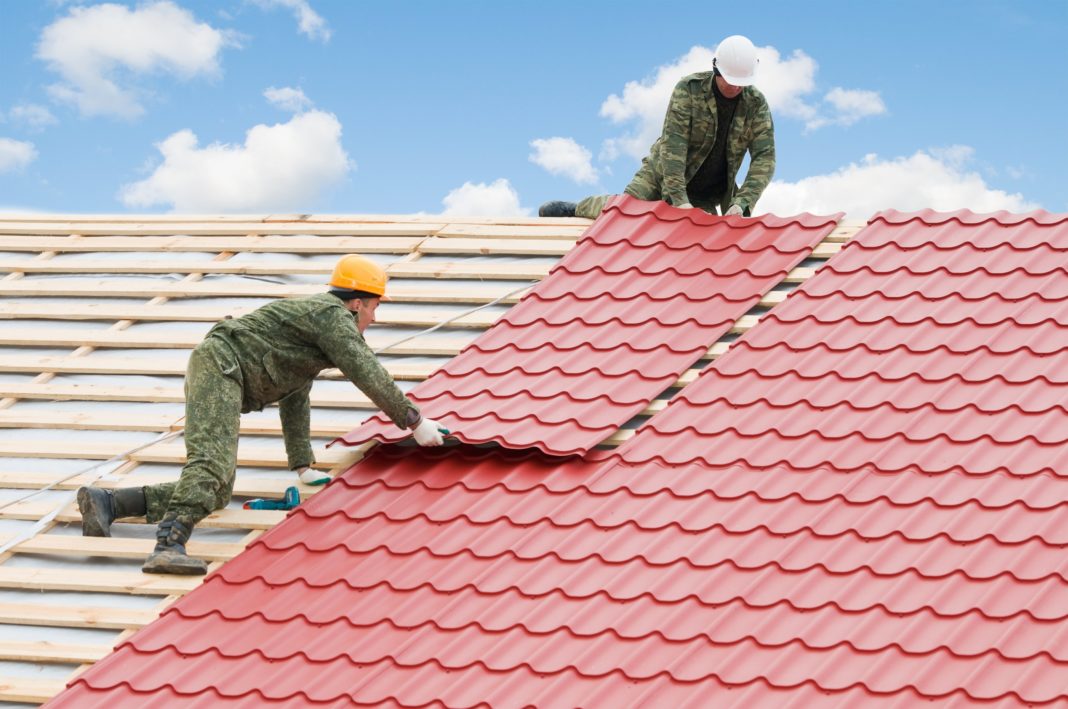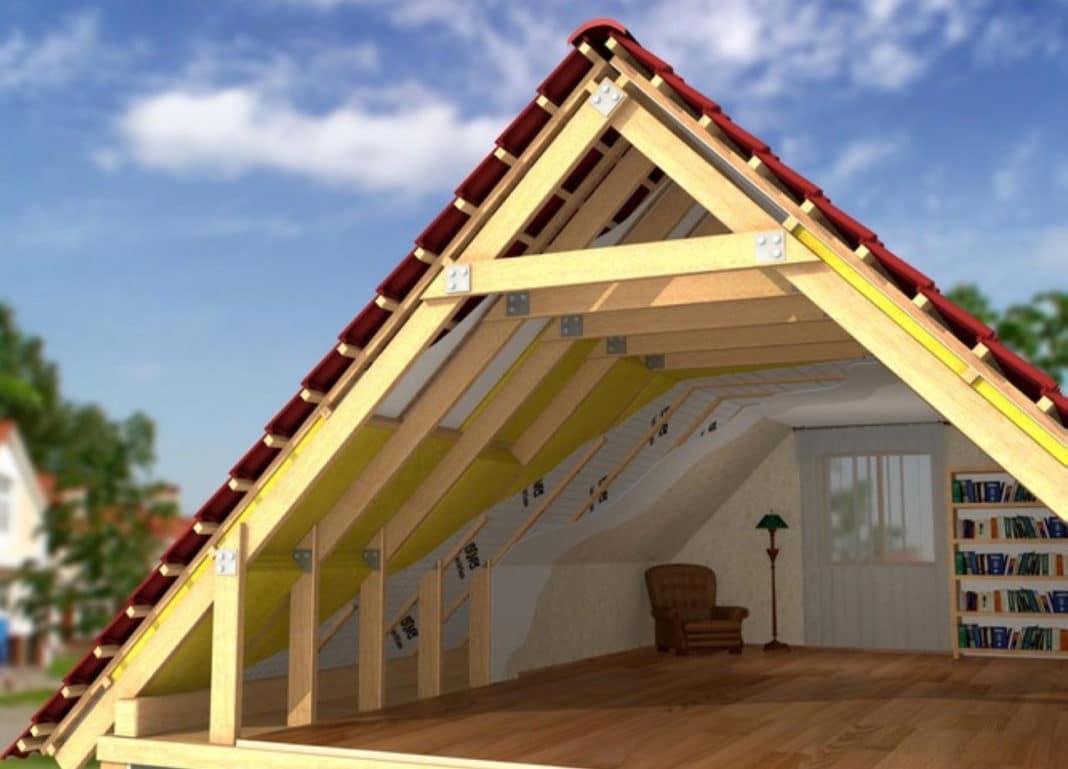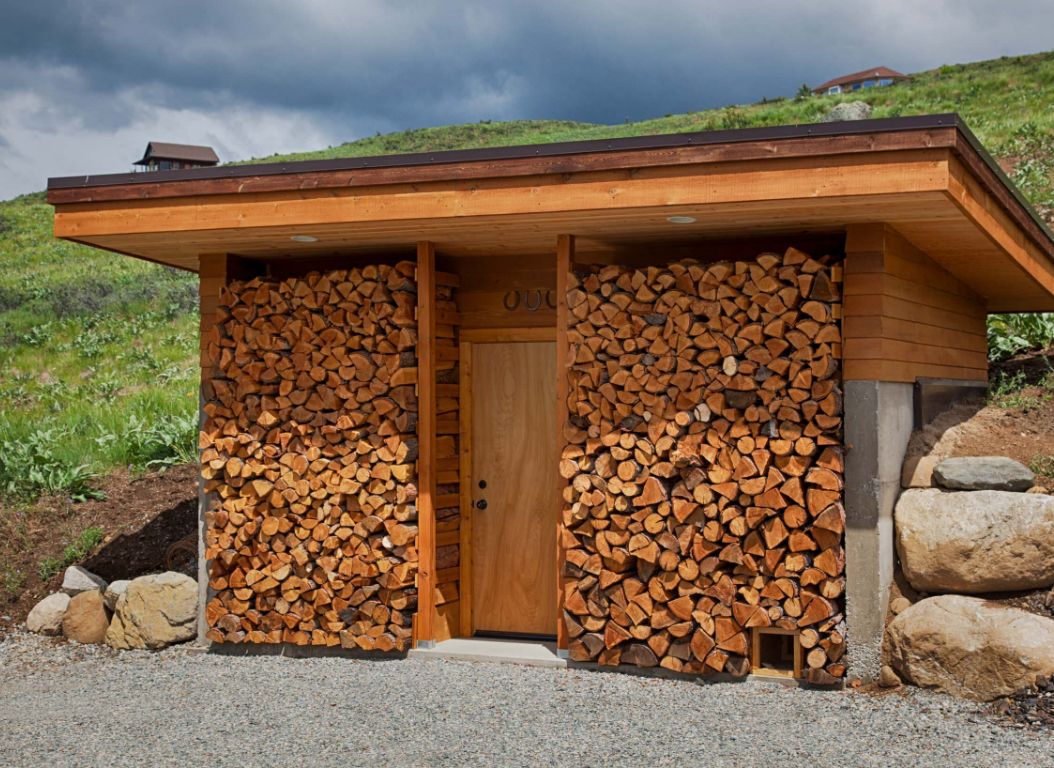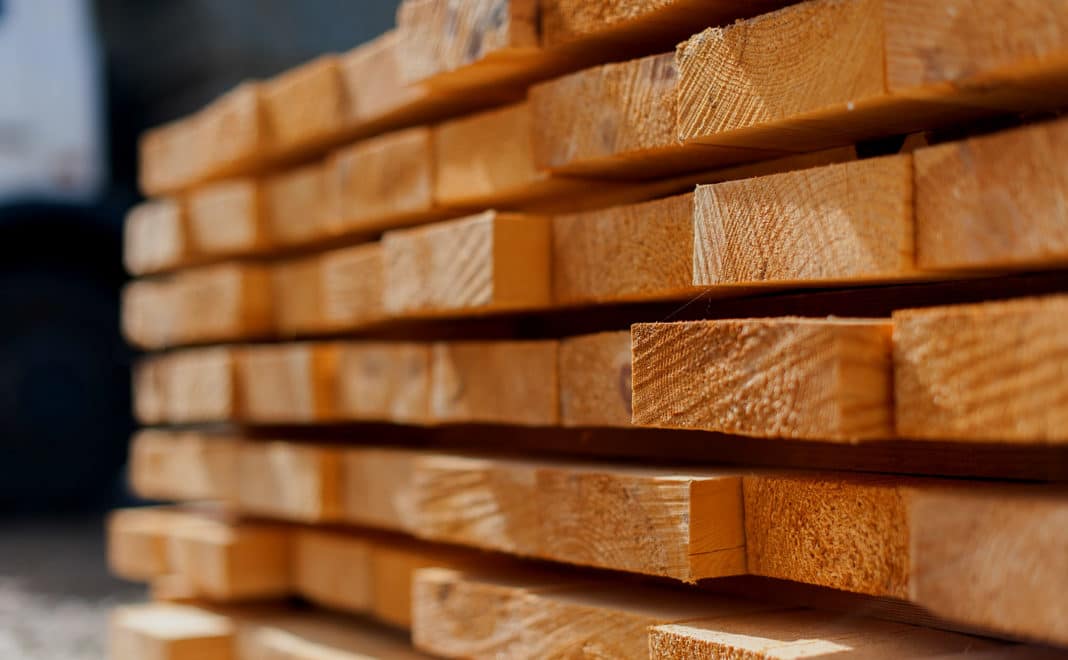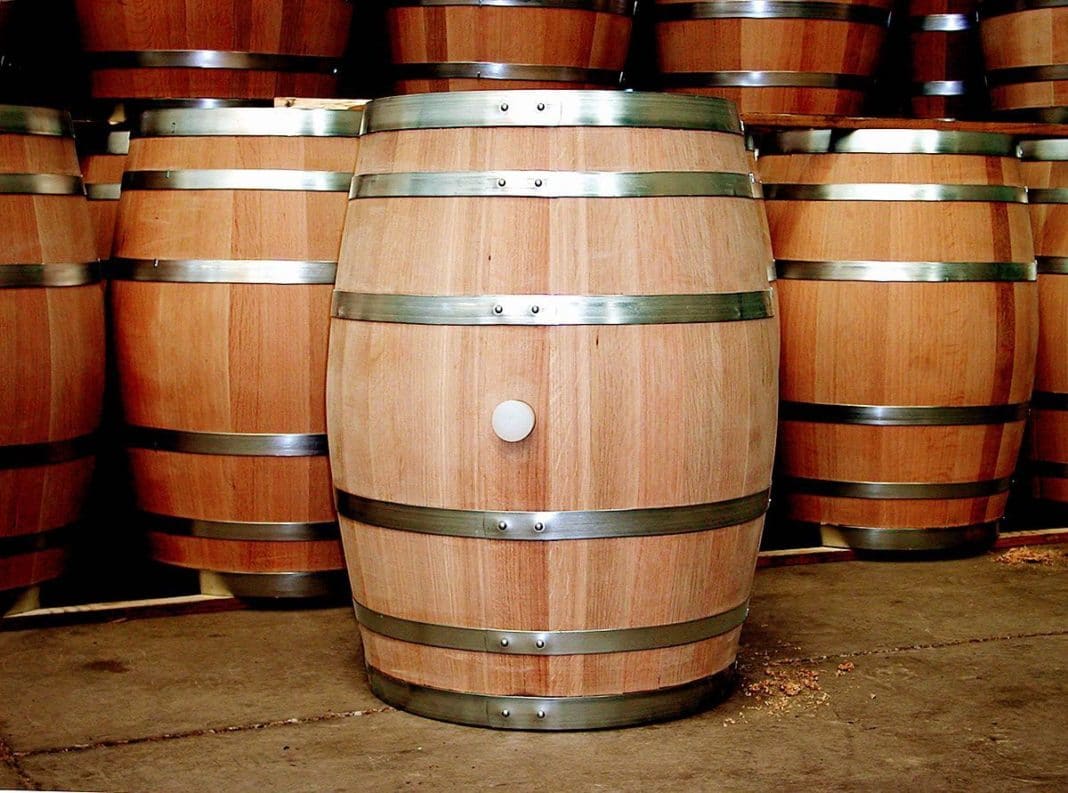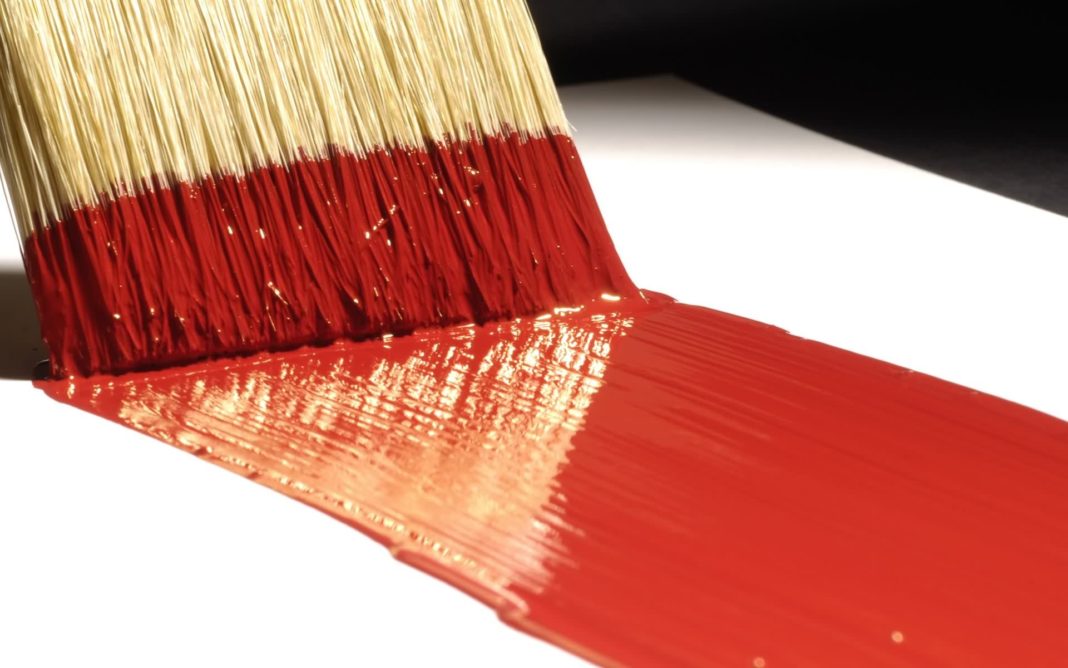Plywood is a layered wood material consisting of 3 or more layers. During its production, veneer from different types of wood is used, which is glued together using a special method. To give the material rigidity, each subsequent layer is laid so that its fibers are perpendicular to the previous one. It is precisely plywood that is used in construction.
Depending on the number of wood species used in the manufacture of plywood, it is called homogeneous or combined. The material is also classified by grades:
- Elite grade does not allow any defects;
- First grade allows only minor cracks on the surface of the plywood, the presence of only 3 knots, each no larger than 15 mm;
- Second grade may have glue protruding at the edges, small knots with a diameter of up to 25 mm, wood inserts;
- Third grade is characterized by the presence of wormholes;
- Fourth grade may include all defects and an uneven edge.
Types of Plywood
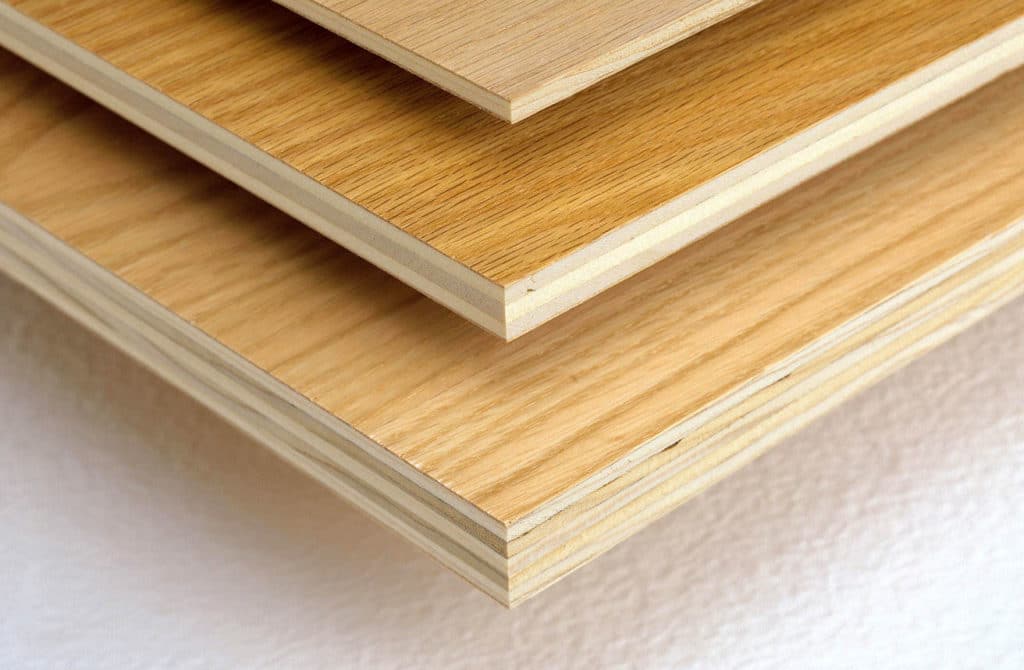
The moisture resistance of plywood depends on the composition used to glue the layers. The following types of glue are used:
- FSF, or phenol-formaldehyde glue, has the highest level of moisture resistance. Since it contains a large number of harmful resins, such wooden structures are not recommended for use in residential premises or for the manufacture of furniture.
- FKM, or melamine glue, is considered to have medium moisture resistance. It has a smaller number of harmful impurities, so this plywood is used where there is no increased level of humidity and requirements for the level of toxicity.
- FK, or carbamide glue, has a low level of moisture resistance and does not contain harmful substances. This allows it to be used for interior finishing of premises.
- FBA, or albumin-casein glue, is used in the manufacture of non-waterproof plywood. It is considered an environmentally friendly material, so it is used where water resistance is not required.
Some structures are impregnated with bakelite glue. This is moisture-resistant plywood with a high level of reaction to aggressive environmental conditions. It is used at elevated or reduced temperatures, where it is constantly affected by seawater, various microorganisms, etc. Since the production of such plywood is an expensive process, for convenience, FB or bakelized plywood is divided into several types.
FBV (spirit-soluble glue) is distinguished by high moisture resistance:
- FBV is considered the highest quality. All layers of this wooden structure are impregnated with glue.
- FBV-1 has a slightly lower quality. This is also moisture-resistant plywood, but not all veneer is impregnated, only glued.
- FBV-1A is the lowest quality of the listed. Like the other types, the plywood is water-resistant, and only the longitudinal layers are glued.
- FBV (impregnation with water-soluble glue) has high strength. The inner layers are glued, and the outer layers are impregnated. FBV-1 – all veneer is glued.
The surface of glued wooden structures can be:
- unpolished;
- polished on one side;
- on both sides;
- laminated.
The last method of processing allows improving all characteristics of the material. It is polished to remove irregularities and make the surface smooth and beautiful. From plywood of any type of processing, finishing or decorative finishing, the front part of the furniture is often made.
Purpose

Glued veneer is also classified by areas of application:
- marine;
- furniture;
- construction;
- aviation;
- formwork;
- decorative;
- transport.
In shipbuilding, only moisture-resistant plywood is used, which is also called marine. When finishing and building yachts, boats, ships, and other vessels, only FB grade material is used. Structures using such plywood can withstand significant loads, do not rot, and do not deform.
When manufacturing furniture, the ecological nature, appearance of the material, and its strength are important. These characteristics are met by birch FK glued wood. In construction, mainly 3rd and 4th grades are used, since the material is subsequently sheathed or painted.
In aviation, FSF grade plywood is used, as it is wear-resistant and has high density.
When erecting concrete structures, moisture-resistant, strong, and dense plywood is used. Therefore, laminated birch material of the FB type with a large number of layers is chosen.
In decorative finishing, only the highest grades of wood are used, as the natural pattern is valued. To extend the service life of the material and preserve its texture, lamination or coating with special varnishes is used.
Parameters and Method of Manufacture
Plywood sheets have different thicknesses and sizes, which affect the cost of the material. GOST provides for the following sizes of FK sheets:
- 1525×1525 mm;
- 1220×1525 mm;
- 1270×1525 mm.
Sizes of FSF sheets:
- 1220×2440 mm;
- 1250×2500 mm.
The thickness depends on the number of veneer layers. It ranges from 3 to 30 mm, and the number of layers can be from 3 to 21.
For the manufacture of veneer, tree bark is used. First, the logs are soaked and steamed, after which the veneer is cut. This is done in several ways:
- planing;
- peeling;
- sawing.
Peeling is considered the most optimal method, as in this case, the layer thickness is minimal. This allows for more efficient use of wood. Then the cut bark is sorted, impregnated with glue, and pressed. Each layer is perpendicular to the previous one. In the final stage, the surface is laminated or polished.
